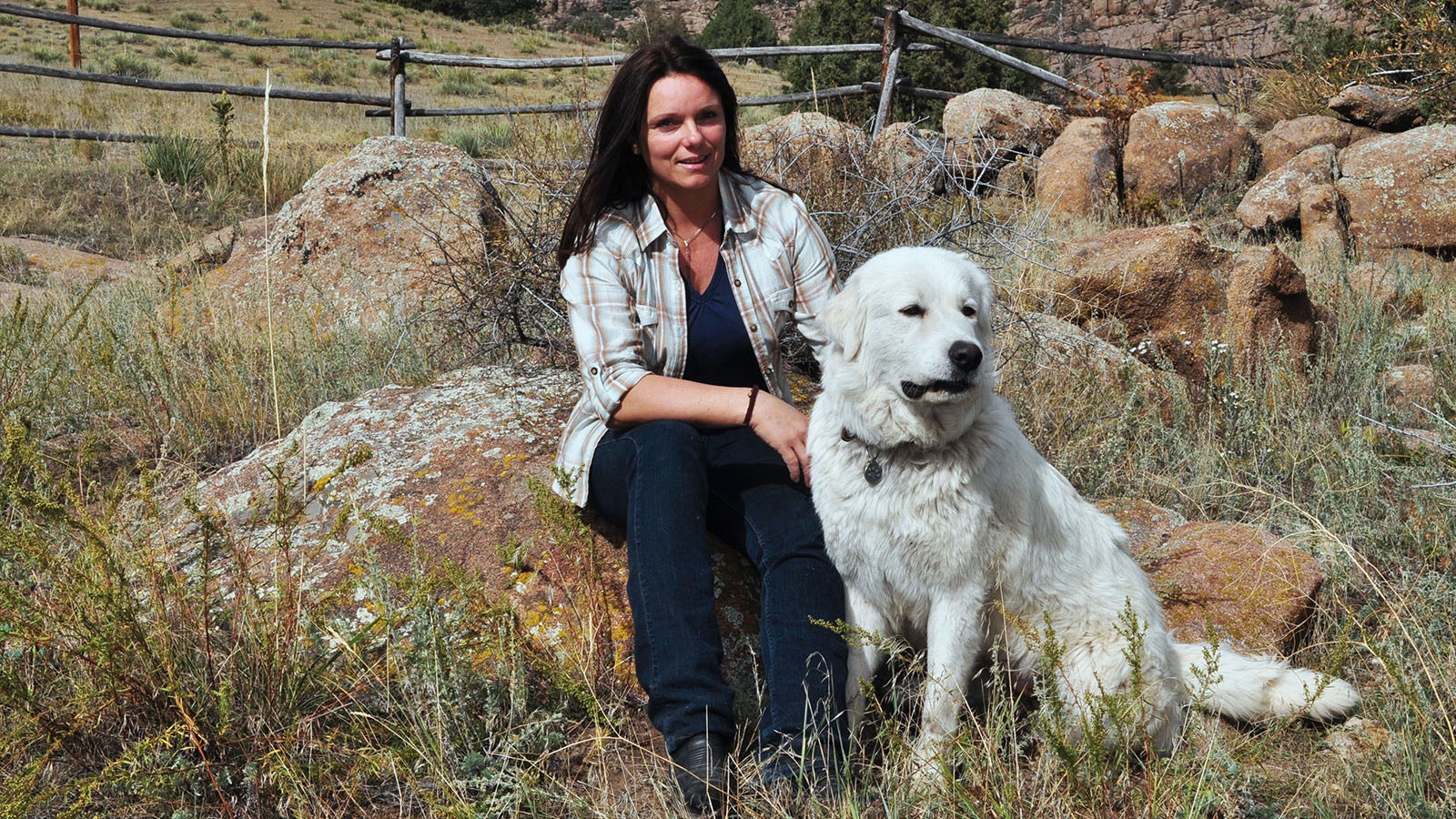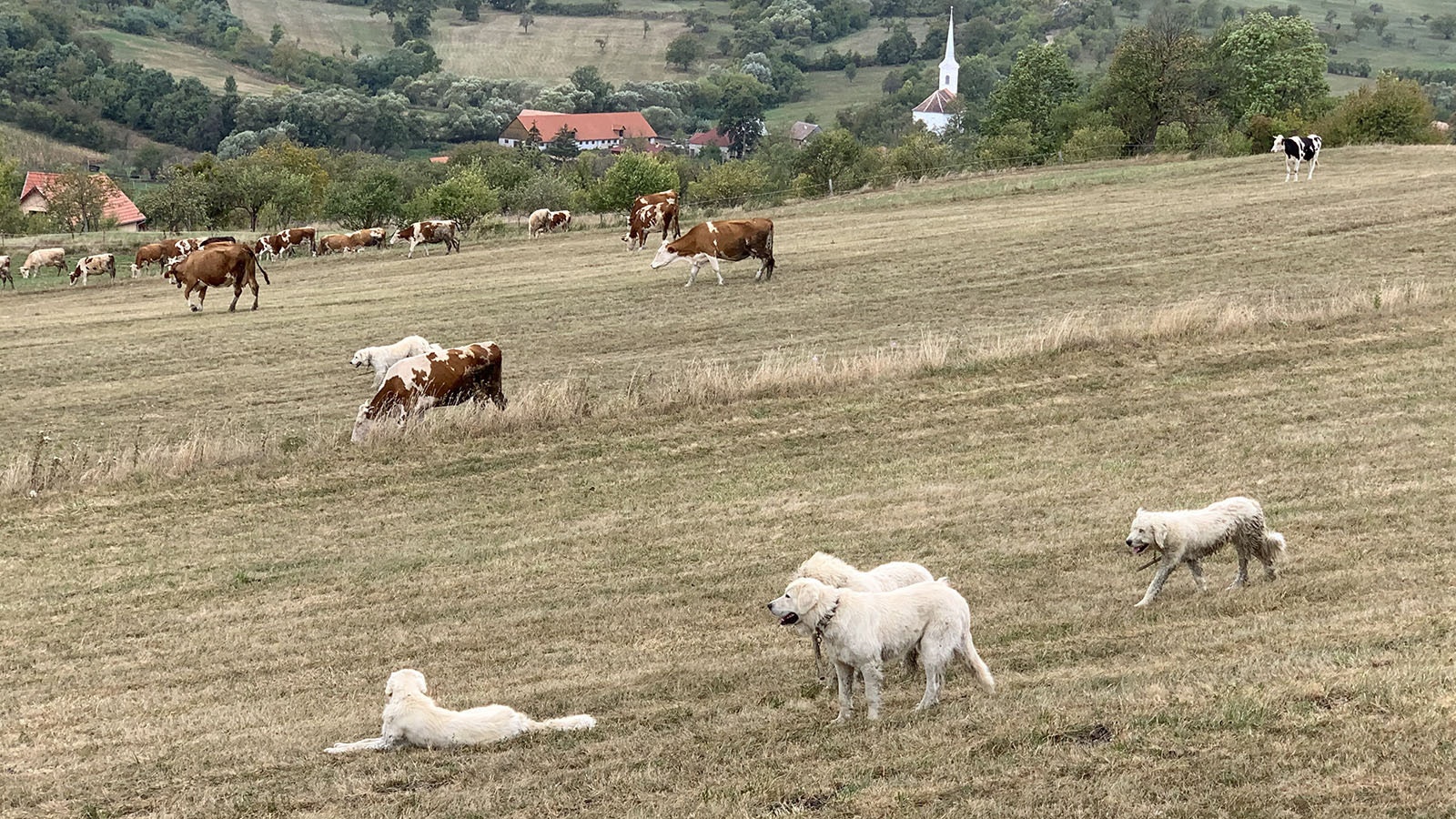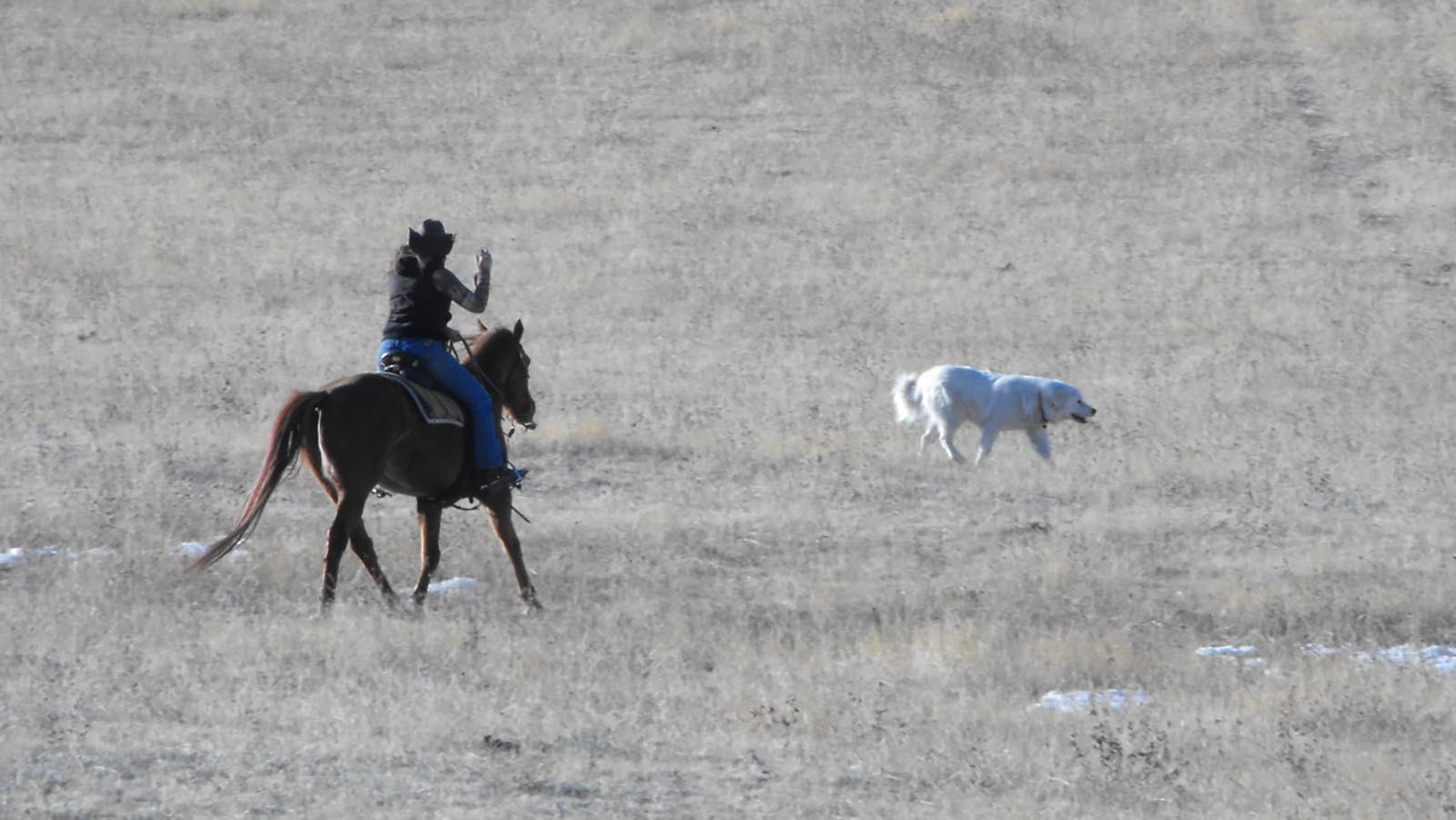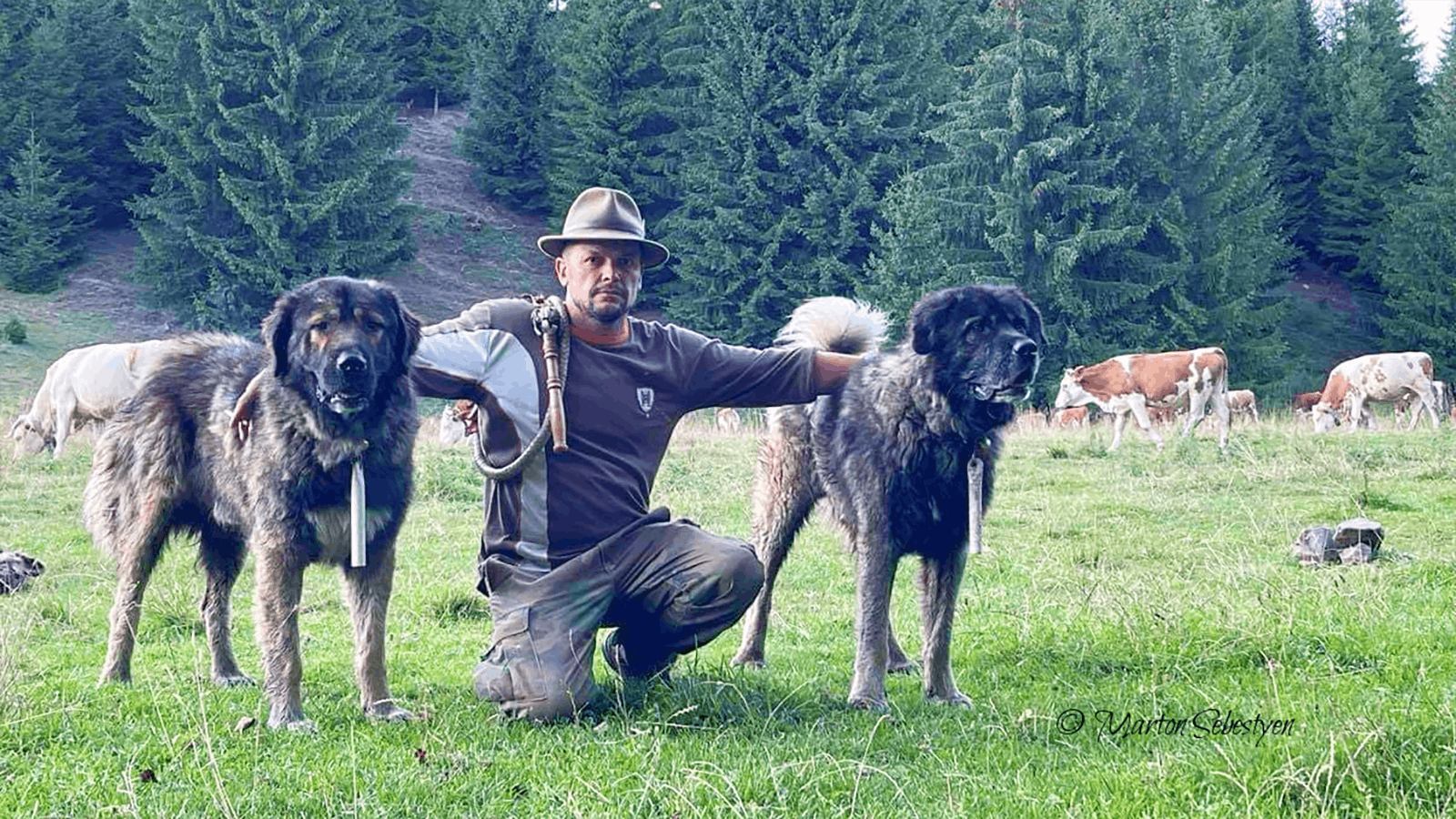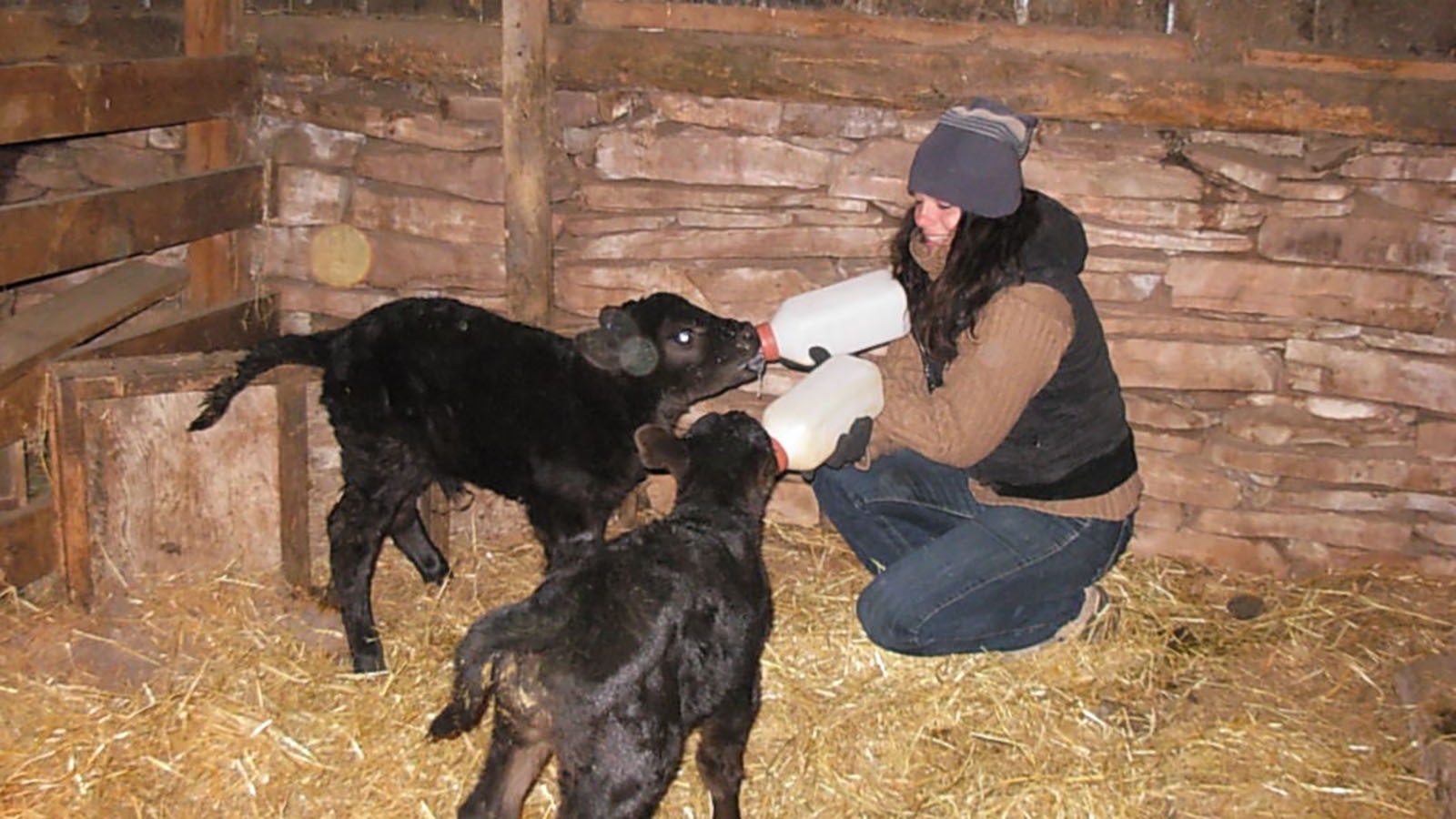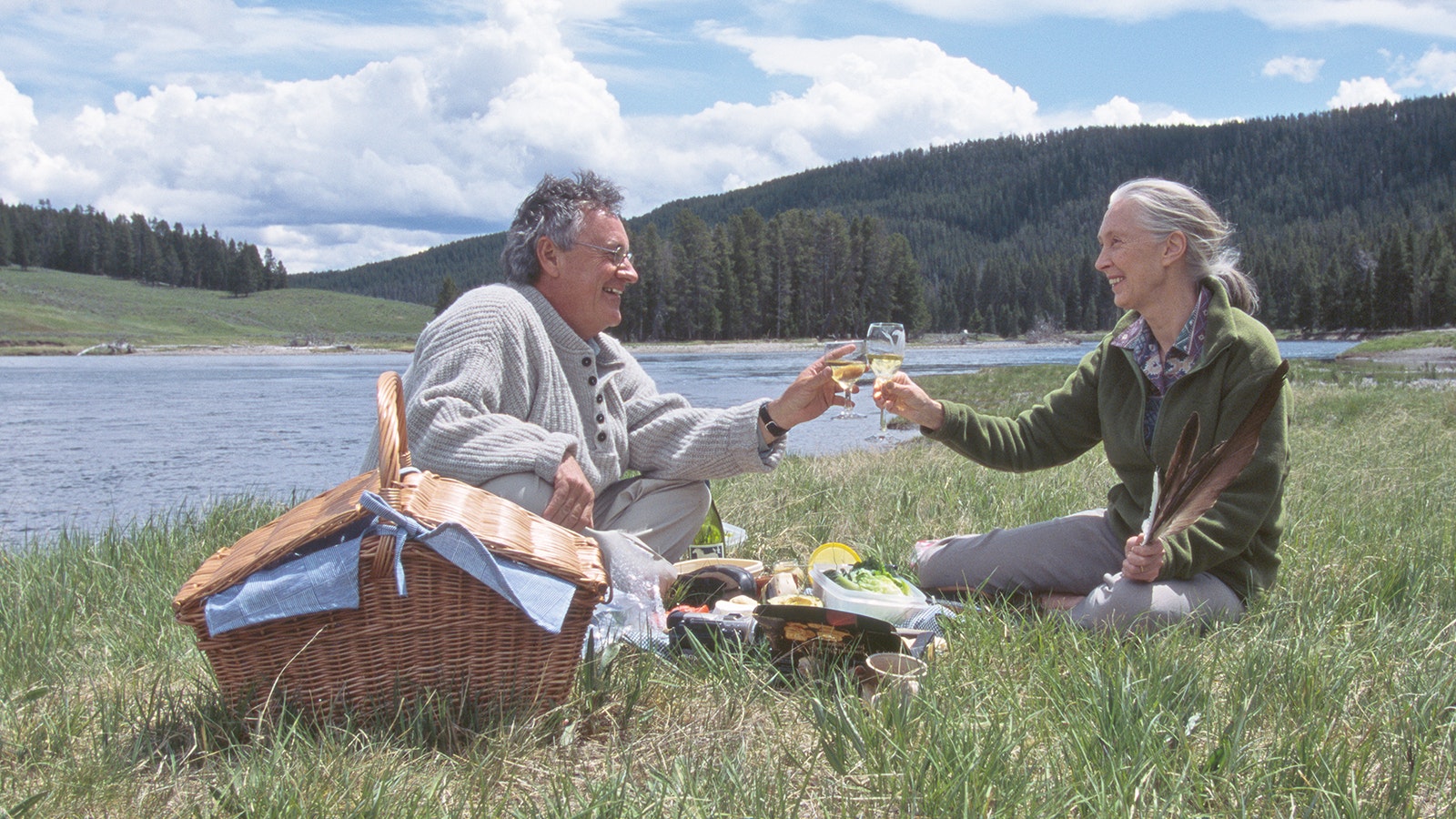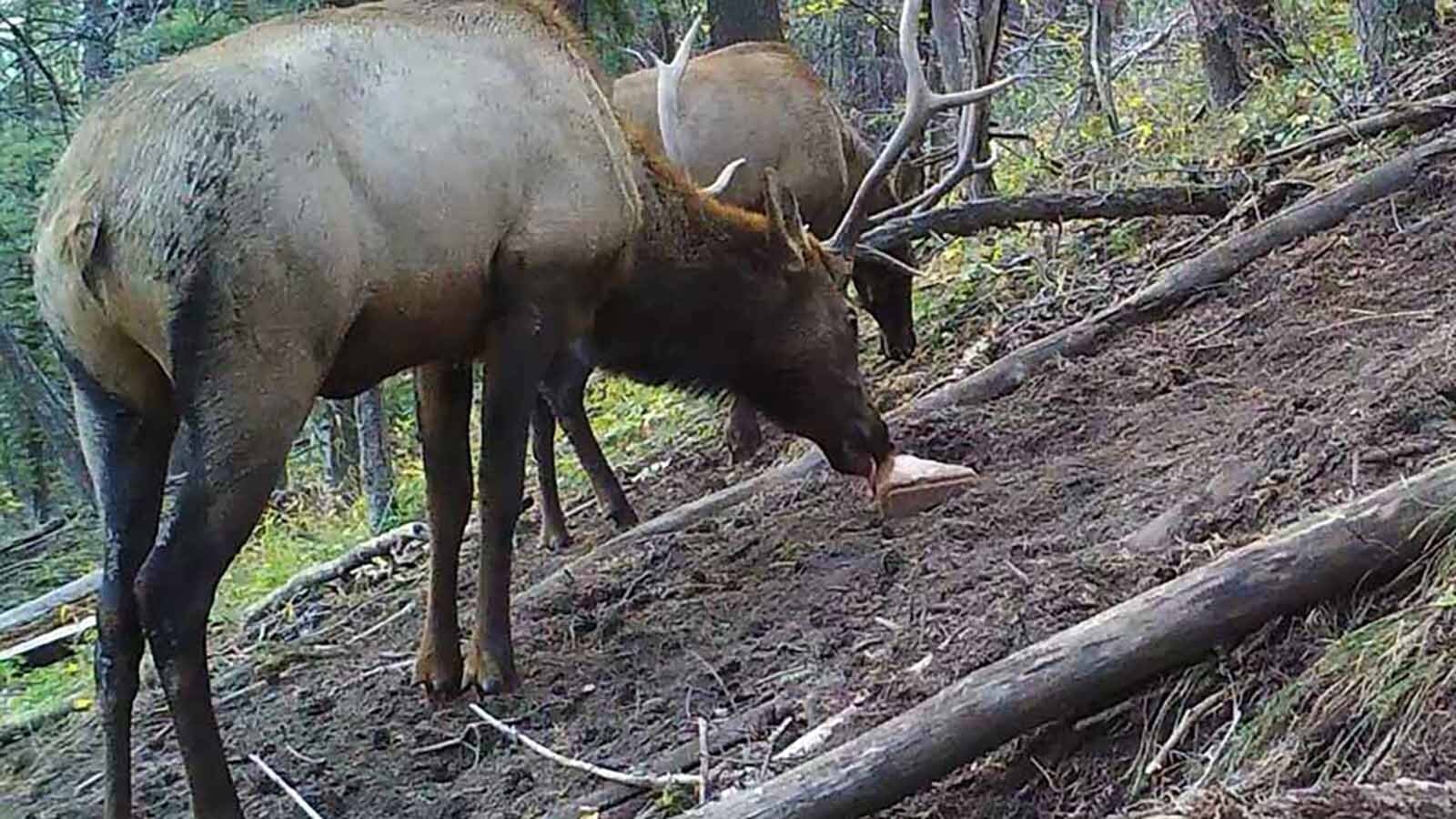These days, Krisztina Gayler spends as much time as she can watching wolves in Yellowstone National Park, but she has a long history of ranching in grizzly and wolf country on two continents.
She understands the misgivings ranchers have about large predators such as grizzlies and wolves continue to reclaim more habitat in Wyoming, Colorado, Montana and Idaho.
“The sleepless nights: How can I co-exist? How can I do this? How can I do that? Oh, my God, am I going to go out tomorrow and find a dead cow, or 30 dead sheep?” she told Cowboy State Daily about what runs through a person’s head from her home in Silver Gate, Montana.
Gayler grew up on a family ranch in Hungary and came to the United States in 2005. She ranched in northern Colorado for 19 years, and watched as the debate over wolves heated up there, culminating with the release of 10 wolves transplanted from Oregon in December.
She maintains strong ties with ranchers here, as well as in Hungary, Romania, Transylvania and elsewhere in Europe. And she’s an advocate for co-existing with large predators.
“There’s too much fear-mongering going on here about wolves,” Gayler said. “I think the communication needs to be better among all these groups — ranchers, wildlife biologists and activists.”
While Eastern Europe — especially Transylvania and Romania — are best-known for their unique vampire mythology, the bears and wolves there aren’t mythological at all. Like their counterparts in Wyoming, ranchers there have to content with them.
Centuries Of Learning To Live Together
One criticism of Colorado’s wolf reintroduction is that the Centennial State has too many people and not enough vast, open country to allow predators to roam without causing too much disruption.
Gayler said she’s skeptical about that, because she’s seen successful ranching and other human activity in European countries with far more people, less land and denser populations of predators.
“Romania is about 90% the size of Colorado, and it has nearly 20 million people and 2,400-2,500 wolves,” she said.
The country’s population of brown bears — which she said are essentially the same as grizzlies — isn’t known for certain. But it’s at least 3,000, and possibly as many as 5,000 bears, Gayler said.
What’s more, Romanian ranchers aren’t allowed to have guns, or even bear spray.
So how do they do it?
Ranchers and predators in that part of the world have been sharing the landscape for centuries and have formed what could perhaps be described as an understanding, she said.
And ranchers also rely on livestock guardian dogs — bred over hundreds of years to be alert, fierce, loyal and deeply protective of their owners and their flocks of sheep or herds of cattle.
Dogs Rarely Have To Fight
Ranchers and shepherds have always favored large, robust dogs. Specific breeds didn’t really start to emerge until relatively recently, about 150 years or so ago, Gayler said.
She spoke highly of Anatolian shepherds, which have also proven their mettle against grizzlies in Montana.
She’s personally a fan of Great Pyrenees, which she’s worked with extensively.
And while the use of guardian dogs might conjure up images of epic, bloody battles in the thickly-forested hills of Transylvania, full contact between the predators and guardians is rare, Gayler said.
“The main purpose of the guardian dogs is not to fight the predators, it is to chase them away,” she said.
Centuries of conditioning have acclimated bears and wolves in Eastern Europe to associate sheep and cattle with large, aggressive, loud dogs. And so the predators learned that avoidance is the best tactic.
Of course, the dogs can’t do it alone. Shepherds and range riders are also almost constantly with flocks and herds.
“A human presence is necessary,” Gayler said.
There have been some troubling developments recently, she added. Most ranchers rely on large packs of guardian dogs, 15 or more, to intimidate wolves and bears.
The Romanian government has in some areas started restricting the number of dogs to about only three, which Gayler thinks is a terrible idea.
“In Romania, the ranchers don’t have guns. With only three dogs, what are they supposed to do, run after the bears with a pitchfork?” she asked.
Be Willing To Try New Things
Having seen the culture on two continents, Gayler knows that ranchers can be a stubborn lot.
She thinks many of the techniques applied in Eastern Europe would help ease friction between ranchers and predators here, especially in light of wolves having been recently reintroduced to Colorado and venturing ever closer to the Wyoming state line.
The experience of ranchers in Wyoming, Colorado and other Western states is different from that of European ranchers, she said.
In Europe, the large predators have simply always been there, and livestock growers have adjusted accordingly. On this side of the pond, wolves and grizzlies were all but wiped out in many places by the early to mid-20th century.
So, for farmers and ranchers in the American West, the return of large carnivores such as grizzlies and wolves is an essentially new experience, Gayler said.
Still, she hopes that getting people talking, and thinking about some Old World ranching methods might help non-lethal control of wolves and bears catch on here.
“It’s a different world in Europe. It’s a lifestyle,” she said. “I understand it’s difficult to get into it and it’s not going to happen one day to the next. But when you talk to people who have used livestock guardian dogs, they’re not going to go back.”
Don’t Feed The Bears
Meanwhile, bad human behavior has caused some trouble with bears in Romania, as it has in parts of the U.S.
Recently, some people have taken to feeding bears in Romania, which is causing all sorts of problems, such as bears raiding dumpsters or attacking humans, Gayler said.
Romania would do well to follow America’s example of cracking down on feeding wildlife, she said.
“We all know in the United States that you’re going to have a hefty fine if your get caught feeding bears,” Gayler said.
Mark Heinz can be reached at mark@cowboystatedaily.com.

